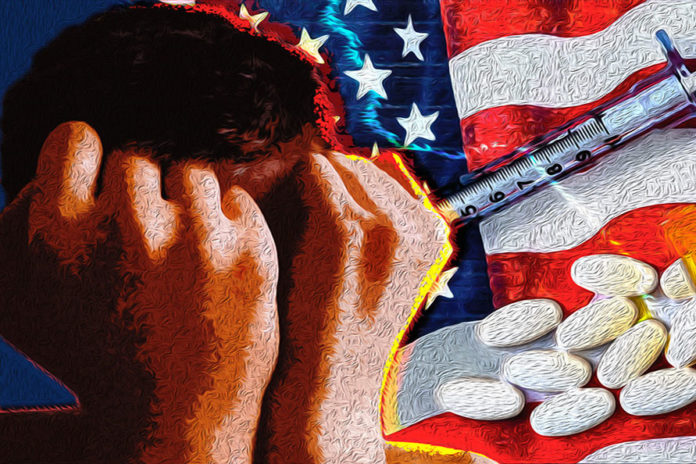According to a new study at Yale, nearly 9000 children and teens in the United States died from Opioid poisonings over the last two decades. This is close to three times rise in the mortality rates.
Results from this study elaborate the opioid outbreak and its impacts on children. Though enormous efforts are taken to combat the crisis through treatment and limits on opioid prescribing ramp up.
Although the high opioid overdose death rate among adults has been reported consistently, the number of children die each year from prescribed and illegal opioids is ill-defined.
To define this, a team of researchers gathered and investigated mortality data from the Centers for Disease Control and Prevention covering the years 1999 through 2016, to enumerate the effect on young people.
Over this period of 18-years, researchers investigated the demises of around 9000 children due to poisonings from either prescription or illicit opioids. Whereas the previous study focused only on hospitalizations estimated approximately 30 demises per year.
However, the latest study found this number closer to 500. In which, nearly 40 percent of children died at home.
Julie Gaither, a lead author, said, “While there was a decline in the death rates in 2008 and 2009 that corresponded with a decrease in prescribing trends, the rates are going up again.”
“It’s due to a rise in heroin and synthetic opioid use among teens.”
During this study, they found 88 percent of those who died are older teens. Even the children under age 5 were not spared. One-fourth of those demises were occurred due to homicides. However, researchers put forward the note that further study is required to comprehend what roles abuse, neglect, and parental substance abuse – including opioid abuse – play in these demises.
Gaither noted, “This is still a problem that affects whites and males mostly, but that is changing. Death rates among females, blacks, and Hispanics are rising rapidly.”
She added, “The findings show that despite efforts to contain the crisis among adults, not enough has been done to address the impact of opioids on children and families. For example, childproof packaging for prescription opioids used for addiction treatment, such as Suboxone, could go a long way toward protecting children.”
Also, she noted, “Methadone, a drug used to help adult opioid users reduce cravings, is also implicated in a disproportionate number of pediatric opioid deaths”
“As the United States is working more aggressively to treat opioid addiction, we need to consider how children and adolescents are affected by that.”
“We need to start looking at communities and families as a whole and how everything is interrelated.”
The study was published in JAMA Network Open.
